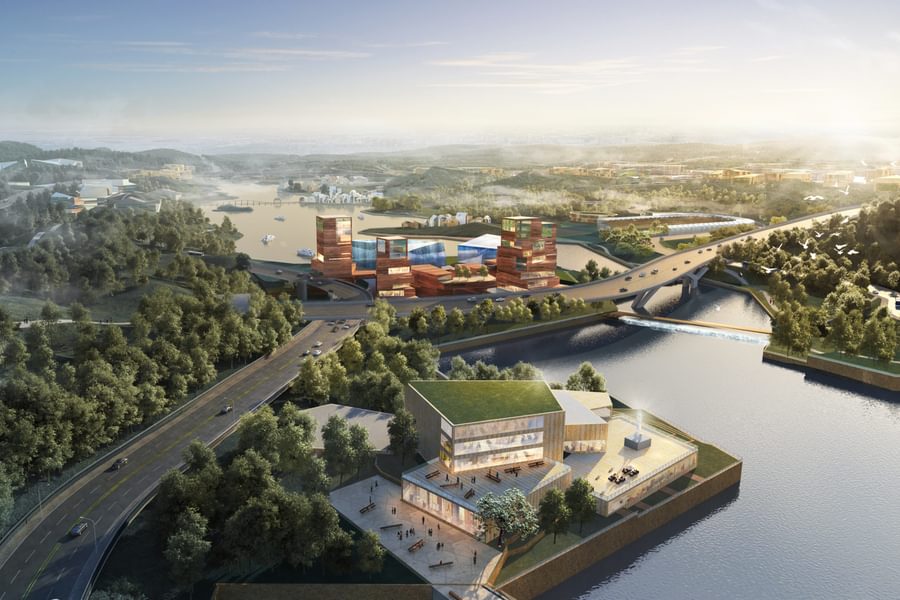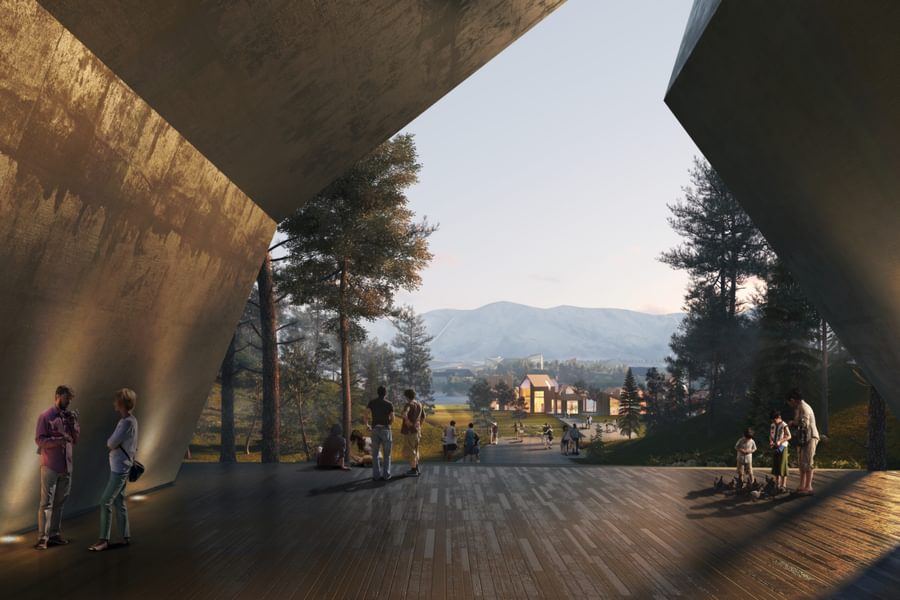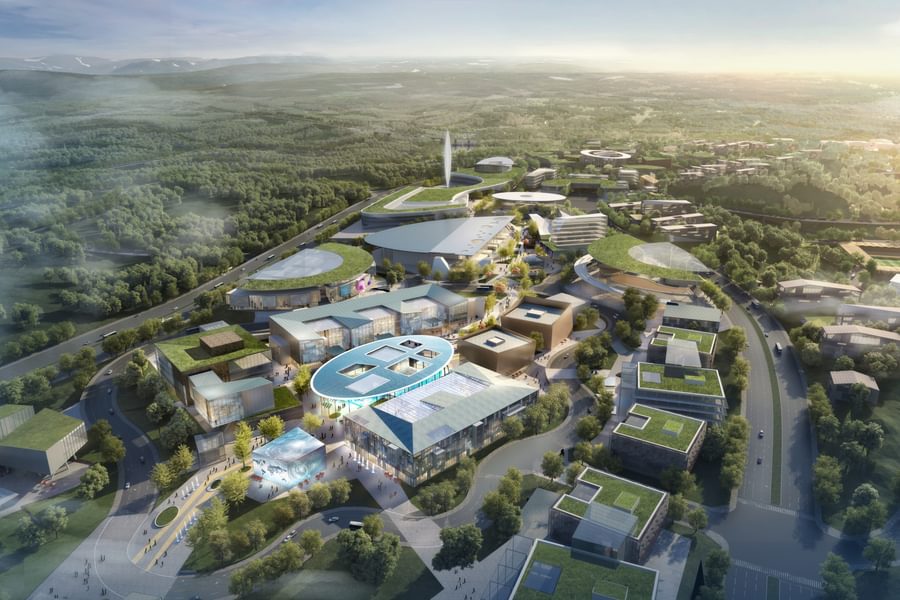
Chongqing Liangjiang Innovation Zone shortlisted for Global MIPIM Award
Chapman Taylor’s masterplan design for Liangjiang Innovation Zone in Chongqing, China, has been shortlisted for a prestigious MIPIM Award in the “Best Futura Mega Project Category”.
The MIPIM Awards ceremony is a prestigious event held every year at the MIPIM property event, a four-day gathering of influential names from across the global property industry. MIPIM attracts over 26,000 participants, with 3,800 exhibitors, more than 480 speakers and 130 conference events.
The awards honour the very best projects from around the world, across building development sectors. This year’s MIPIM exhibition take place at the Palais des Festivals in Cannes from 10 – 13 March, with the awards ceremony occurring on Thursday 12 March.
Chapman Taylor won a major international design competition to create the Liangjiang urban innovation zone on a 680-hectare site in the major Chinese city of Chongqing. Liangjiang has been chosen by the Chinese government as a developmental ‘new area’ for Chongqing, which has a population of over 30 million people and is one of China’s four centrally governed municipalities.
Chapman Taylor’s masterplan concept is based on the integration of the beautiful natural environment with new technology facilities, and creates a connected series of five university campuses surrounded by R&D clusters. The organic form of the campuses follows the undulating contours of the existing site, producing a dynamic combination of urban spaces.
The valley formed by the hills to the east and west perimeter of the site is to become a lake. At the northern end will be a national laboratory and the ‘Centre of Ideas’, a place which is the collaborative heart of the masterplan. The south of the lake is surrounded by beautiful landscape interspersed with social, sports and cultural villages, which are a contemporary interpretation of the traditional villages of the region. There is also a four-storey mountaintop exhibition centre, with state-of-the-art facilities and stunning views over the valley.
The masterplan is a fully transit-orientated development and provides railway, metro, BRT, electric bus and water taxi connections throughout the site. Sustainability is embedded in the project, which is planned to be self-sufficient in energy needs – using solar, biomass and hydroelectric power sources, resulting in a saving of over 450,000 tons of CO² per annum.
Congratulations to everyone involved in this exciting urban development on a well-deserved nomination.
The awards honour the very best projects from around the world, across building development sectors. This year’s MIPIM exhibition take place at the Palais des Festivals in Cannes from 10 – 13 March, with the awards ceremony occurring on Thursday 12 March.
Chapman Taylor won a major international design competition to create the Liangjiang urban innovation zone on a 680-hectare site in the major Chinese city of Chongqing. Liangjiang has been chosen by the Chinese government as a developmental ‘new area’ for Chongqing, which has a population of over 30 million people and is one of China’s four centrally governed municipalities.
Chapman Taylor’s masterplan concept is based on the integration of the beautiful natural environment with new technology facilities, and creates a connected series of five university campuses surrounded by R&D clusters. The organic form of the campuses follows the undulating contours of the existing site, producing a dynamic combination of urban spaces.
The valley formed by the hills to the east and west perimeter of the site is to become a lake. At the northern end will be a national laboratory and the ‘Centre of Ideas’, a place which is the collaborative heart of the masterplan. The south of the lake is surrounded by beautiful landscape interspersed with social, sports and cultural villages, which are a contemporary interpretation of the traditional villages of the region. There is also a four-storey mountaintop exhibition centre, with state-of-the-art facilities and stunning views over the valley.
The masterplan is a fully transit-orientated development and provides railway, metro, BRT, electric bus and water taxi connections throughout the site. Sustainability is embedded in the project, which is planned to be self-sufficient in energy needs – using solar, biomass and hydroelectric power sources, resulting in a saving of over 450,000 tons of CO² per annum.
Congratulations to everyone involved in this exciting urban development on a well-deserved nomination.




